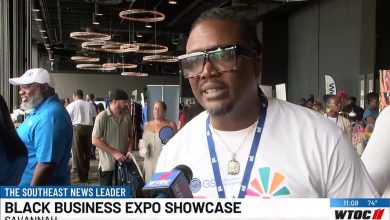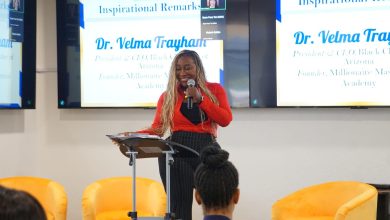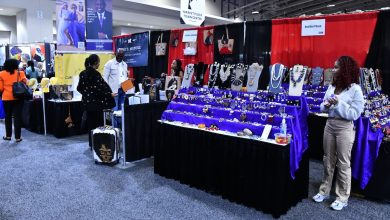Running the oldest Black-owned construction company in the U.S.
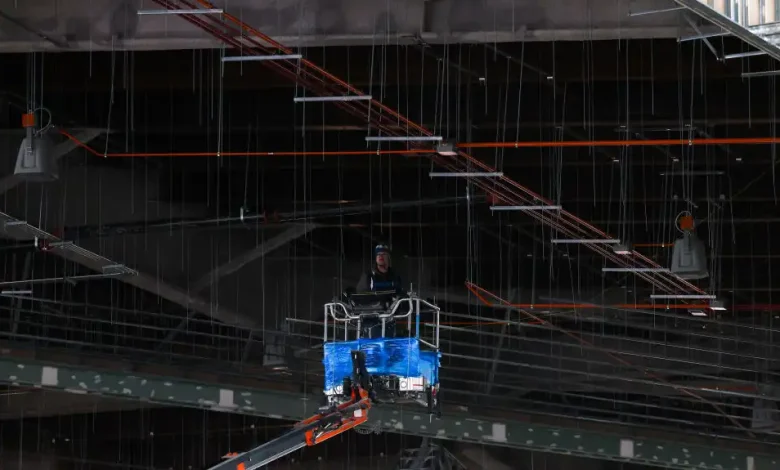
It’s no secret that Black business ownership is underrepresented. According to a Pew Research Center analysis looking at data from the Census Bureau, only 3% of businesses were majority Black-owned in 2022, the most recent data available. When broken down by sector, 6.8% of construction firms were majority Black-owned.
That makes the story of McKissack & McKissack especially remarkable. Founded in 1905, it is the oldest Black-owned construction company in the country and has been responsible for over $50 billion in projects, such as the New Terminal One at John F. Kennedy International Airport and the Lincoln Financial Field in Philadelphia.
Cheryl McKissack Daniel became CEO of the company in 2000, taking over from her mother. In her book, “The Black Family Who Built America: The McKissacks, Two Centuries of Daring Pioneers,” she tells the story of the firm, which can be traced all the way back to her great-great-grandfather, Moses, who learned the construction trade as a slave in South Carolina.
In the following excerpt, McKissack Daniel details one of her earliest projects as CEO. Click the audio player above to hear a conversation between McKissack Daniel and “Marketplace” host Kai Ryssdal.
I was moving around in my house in New Jersey with the drone of the television keeping me company, as it often did when I was home by myself. The television was tuned to NY1, New York’s twenty-four-hour news station, our local version of CNN. I was only half listening, preoccupied with my thoughts, when the news anchor said something that halted me in my tracks. I moved closer to the screen.
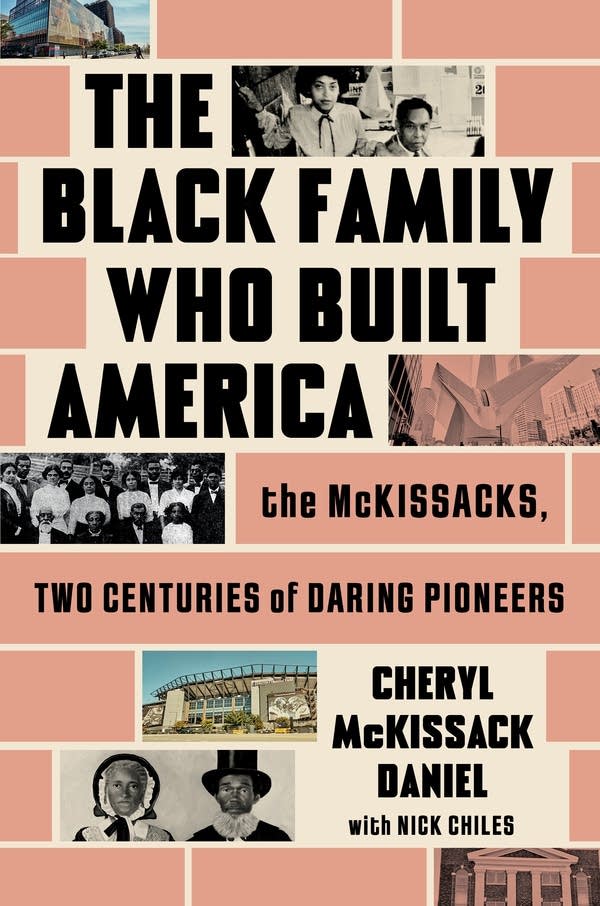
Courtesy Simon & Schuster
The anchor announced that real estate developer Bruce Ratner was buying the New Jersey Nets and bringing the basketball team to Brooklyn. A basketball team in Brooklyn? Wow.
My next thought came straight from the construction company CEO lobe of my brain: Where will they play?
I knew instantly that this project would quickly become the talk of the city, particularly in the real estate circles where I spent most of my days.
Then I had another thought: McKissack & McKissack has to get on board.
That idea would soon become a preoccupation of mine, bordering on obsession.
McKissack & McKissack was on the verge of taking over a string of big projects that would establish us as a major player among Northeastern construction firms: among them an impressive new student center at Medgar Evers College in Brooklyn, the Emergency Response Program contract for the New York City School Construction Authority, and the stunning Perelman Center for Advanced Medicine at the University of Pennsylvania in Philadelphia. I was ready for McKissack to take off into the stratosphere. A major role in the construction of a Brooklyn home for the Nets could be exactly what we needed to breathe the kind of rarified air that my family’s company hadn’t yet sniffed in our 210 years of existence.
Brooklyn had never really recovered from the psychic wound left by Walter O’Malley in 1958 when he moved the Brooklyn Dodgers across the country to Los Angeles, about as far symbolically as you could get from gritty, working-class Brooklyn. Though the Dodgers played at Ebbets Field in Flatbush, O’Malley had wanted to build a domed stadium in Brooklyn at the intersection of Flatbush and Atlantic Avenues, the borough’s two most famous streets, but city officials—namely, the imposing planner Robert Moses—had other ideas. O’Malley fled the city, bringing with him the iconic Jackie Robinson, who had become an instant hero to African Americans in Brooklyn and throughout the land when he smashed baseball’s color barrier in 1947.
The succeeding decades saw Brooklyn plunge deep into despair, abetted by poverty, crime, corrupt politicians, racial unrest, and a sense that the financial and political power centers in Manhattan had little care for the well-being of the millions who resided on the other side of the bridge. But if Brooklyn could have its own sports franchise once again, maybe the team could serve as a positive force in helping to foster community revitalization amid the borough’s hardship and suffering.
I didn’t know Ratner, but I knew people who knew him. And I also knew many of the Brooklyn players whom I figured would be influential brokers in the development of this enormous project. I had watched my mother, Leatrice Buchanan McKissack, for years wield her considerable charm and influence to build relationships throughout the South that would enable the family business to secure major projects. Mom knew how to get into the rooms where decisions were made, where important things happened. I had learned from the best. And I had been in New York long enough to know that while the accents might be different, New York was also a place where relationships determined the directions in which the money flowed. I pulled out my Rolodex and went to work.
Excerpted with permission from THE BLACK FAMILY WHO BUILT AMERICA: The McKissacks, Two Centuries of Daring Pioneers, by Cheryl McKissack Daniel.
